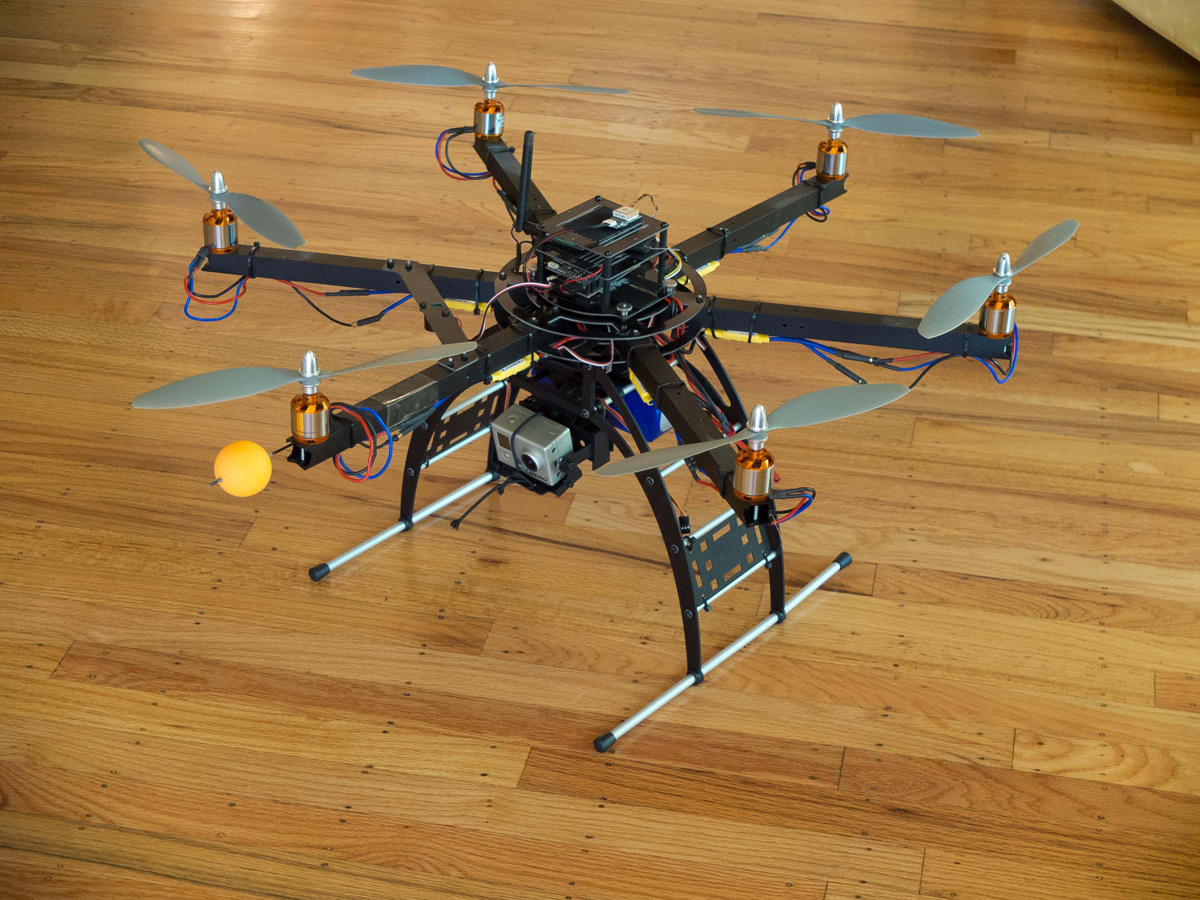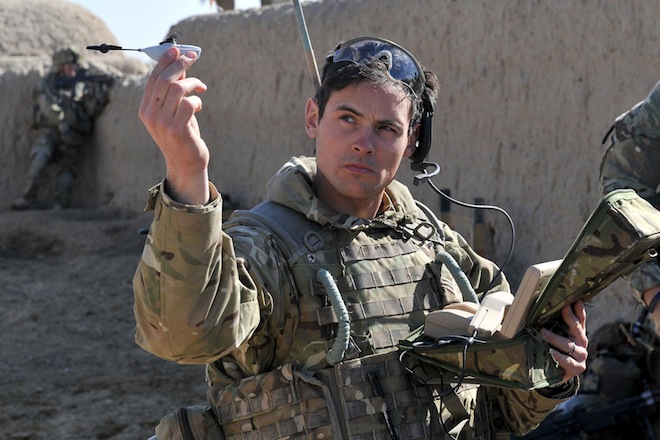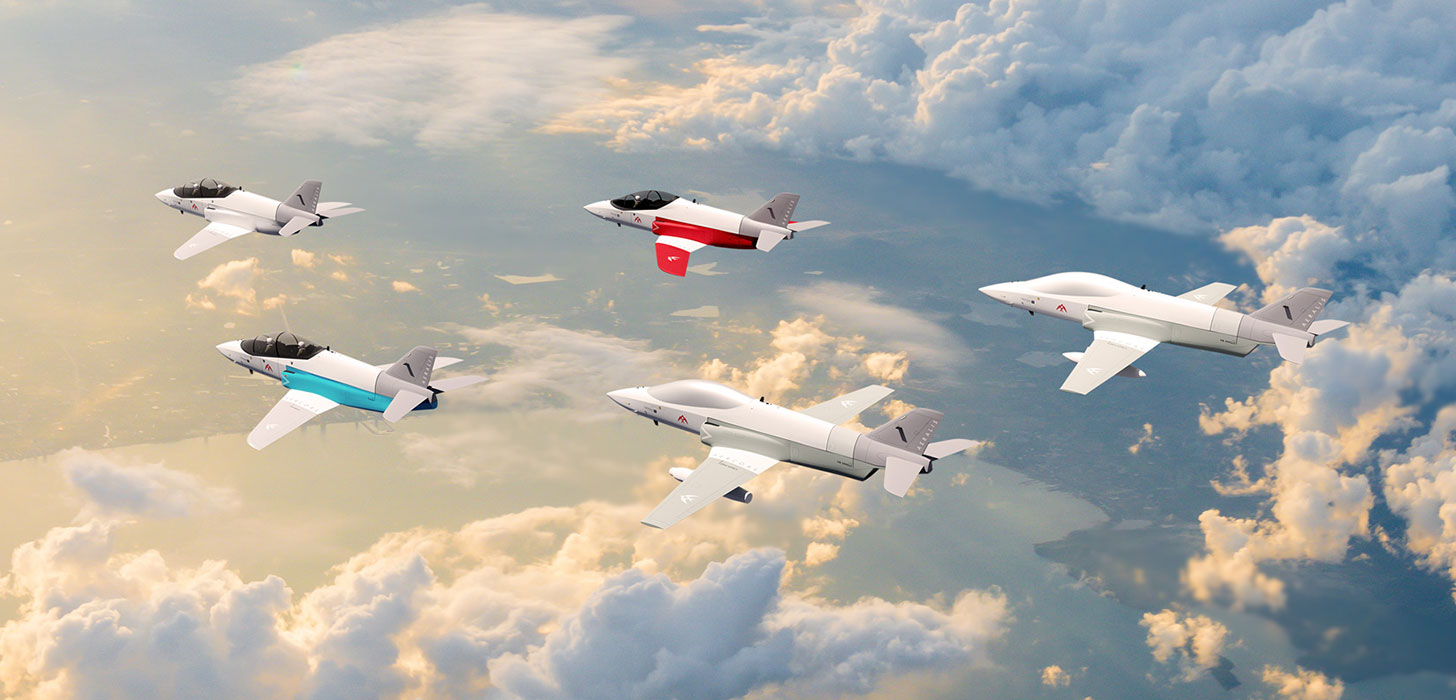Piloting unmanned flying vehicles or drones is an up and coming profession. Drones will not only include planes but helicopters and miniature UAVs. These aircraft will be outfitted with cameras, video, aerial surveillance technology, thermal imaging cameras (thermography), autopilot controls, chemical weapon sensors and more. They will also require “virtual” pilots.
Aviation Industry Pilots are Concerned
Pilot associations naturally have safety concerns about the prospect of 10,000 drones added to already congested airspace over the United States. But worry as they may, current defense bills and police department plans reflect a gearing up and funding surge for programs to make domestic use of drones a reality.
According to reports three of the main industries interested in the use of drones are: real estate, news organizations and transportation companies but applications are seemingly unlimited.
Who is Building Drone Technology?
In the private sector, for example, a company called Airware builds autopilot platforms for commercial and enterprise use that include inertial navigation systems, Linux operating systems, software, hardware, Unified Autopilot Interfaces (UAI), and customizable autopilot UAV solutions. In the public and educational sectors, for example, MIT’s Aerospace Controls Laboratory uses Airware technology for its cutting edge UAV research.
RAVEN (Real-Time Indoor Autonomous Vehicle Test Environment)
MIT has an experimental facility that uses Vicon motion capture sensing to rapidly prototype aerobatic flight controllers for helicopters and aircraft as well as the development of coordination algorithms for multiple helicopter and vision based sensing.
Pilots refer to technology that undergirds the national airspace system and its ability to “de-conflict” air-traffic as in need of improvement. Pilots have a unique set of skills. For example, they must make decisions within seconds to avoid midair collisions or runway mishaps. But unmanned systems are completely different from piloting a plane from an onboard cockpit; unmanned systems have limitations in their capabilities. The FAA will have to develop a set of standards to make sure the national airspace system is safe and drone pilots have the requisite skills.
Reports have suggested that drones deployed in the Middle East have at times been hacked and overtaken by enemies on the ground who then fly them wherever they want. Obviously more secure systems are needed to prevent hijacking.
Laws Regulating Drones & Current Stalemate
To this point the commercial use of drones has not been permitted by the FAA. An aerial photographer, Russ Freeman, had been using piloted helicopters for photography and transitioned to the use of drones equipped with high definition cameras controlled by radio signals. The FAA grounded his operation stating that current law only permitted hobbyists to fly small radio controlled planes and helicopters and only in unpopulated areas at a maximum height of 400 feet.
In national and local political forums all over the US, industry heavyweights such as Boeing are pushing their drone agendas and states are seeking to capitalize on hosting what they believe may be a heavily funded industry capable of bring jobs to their areas. Police and other law enforcement organizations are also interested in benefiting from the technology although there is some controversy over the use of military drones like the Predator for domestic surveillance.
The US Congress sees the potential for the commercial use of drones and for domestic surveillance but is aware of technical problems the government needs to solve before a commercial system can be implemented. The FAA has granted 295 special permits to law enforcement, researchers and the military as a first step.
Military Drones Leading in Technological Advancements
Currently the most sophisticated drones are built and used by the military for high-altitude surveillance and bombing attacks. These drones can travel thousands of miles and ground controllers communicate with the craft by satellite.
Innovations by Hobbyists
Hobbyists have nothing holding them back and so are the source of many recent innovations For example, like Russ Freeman, photographers have found hobbyist sized crafts are just as good at taking pictures as larger versions and much cheaper. A healthy online market for these types of drones is developing.





